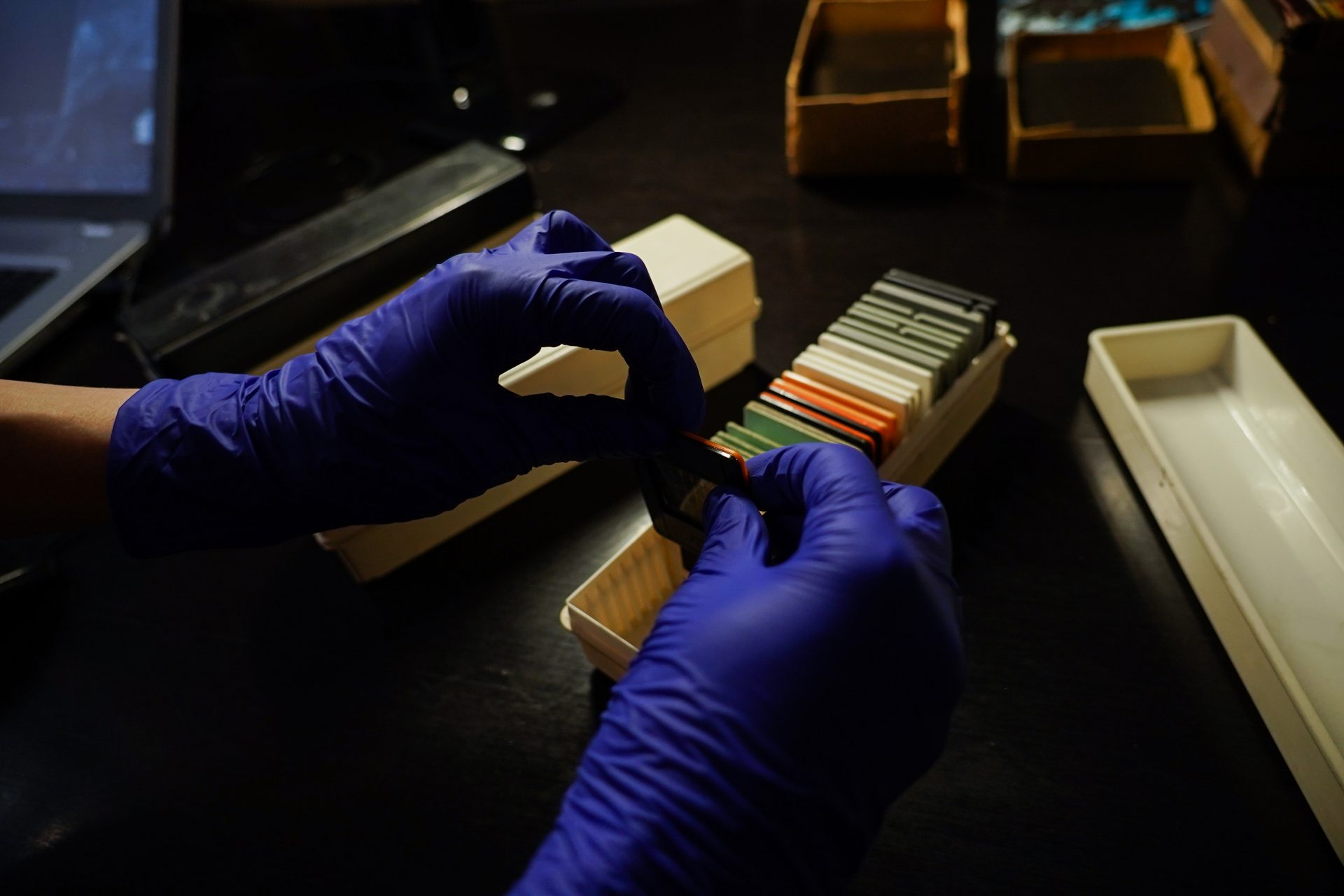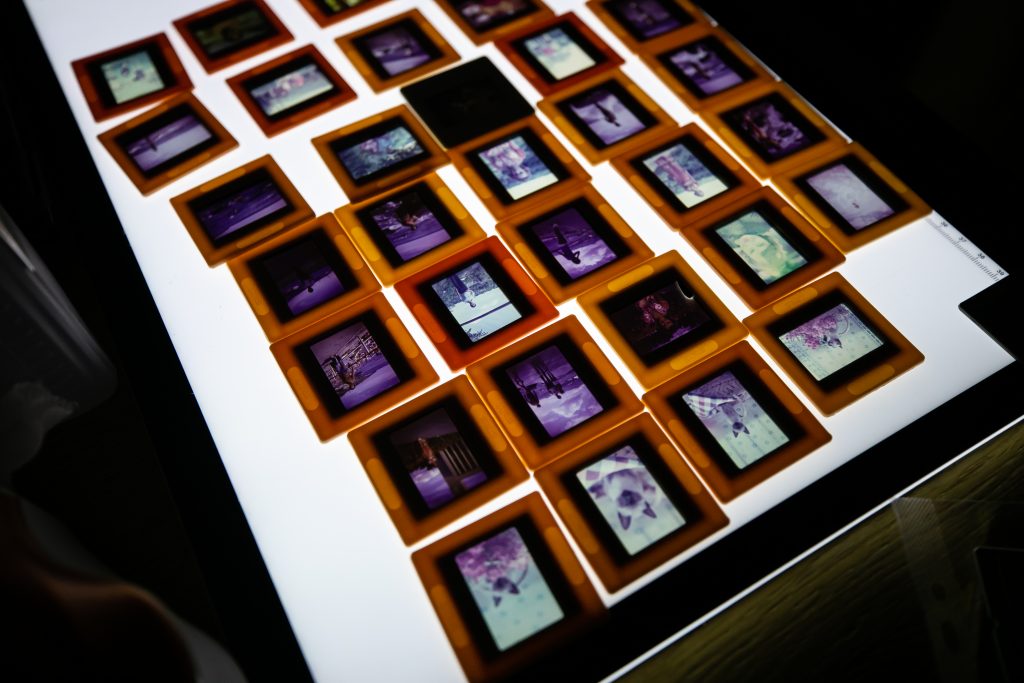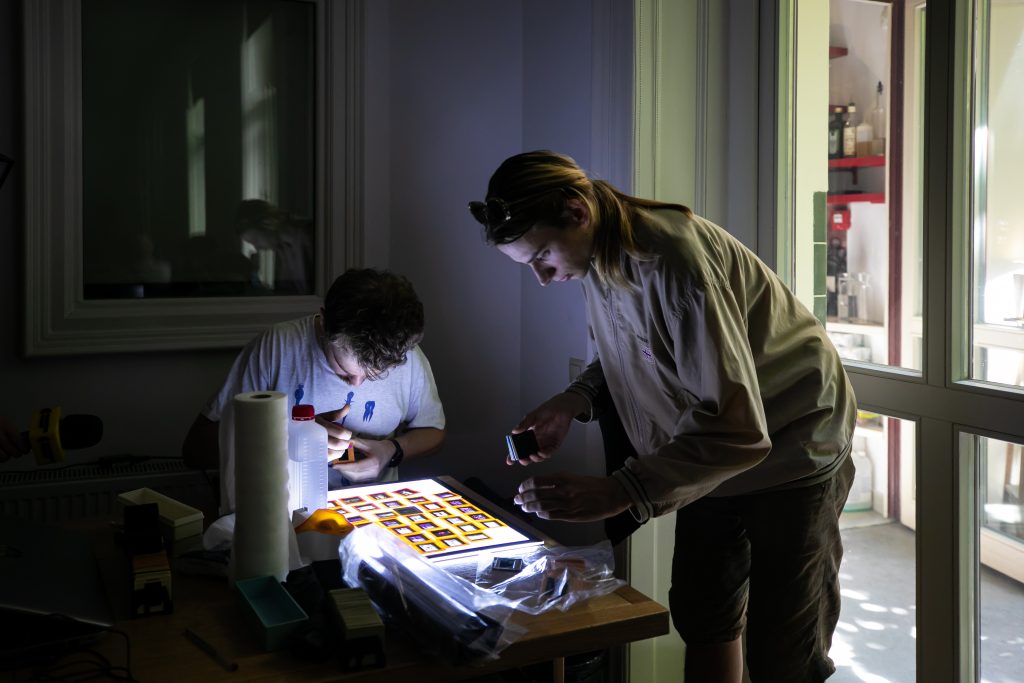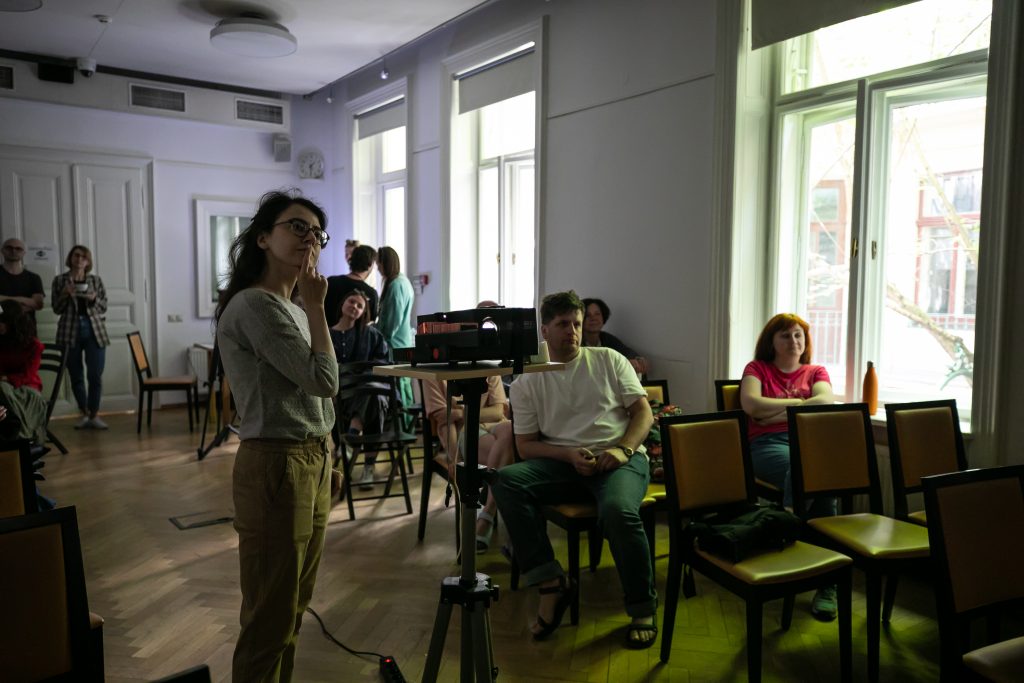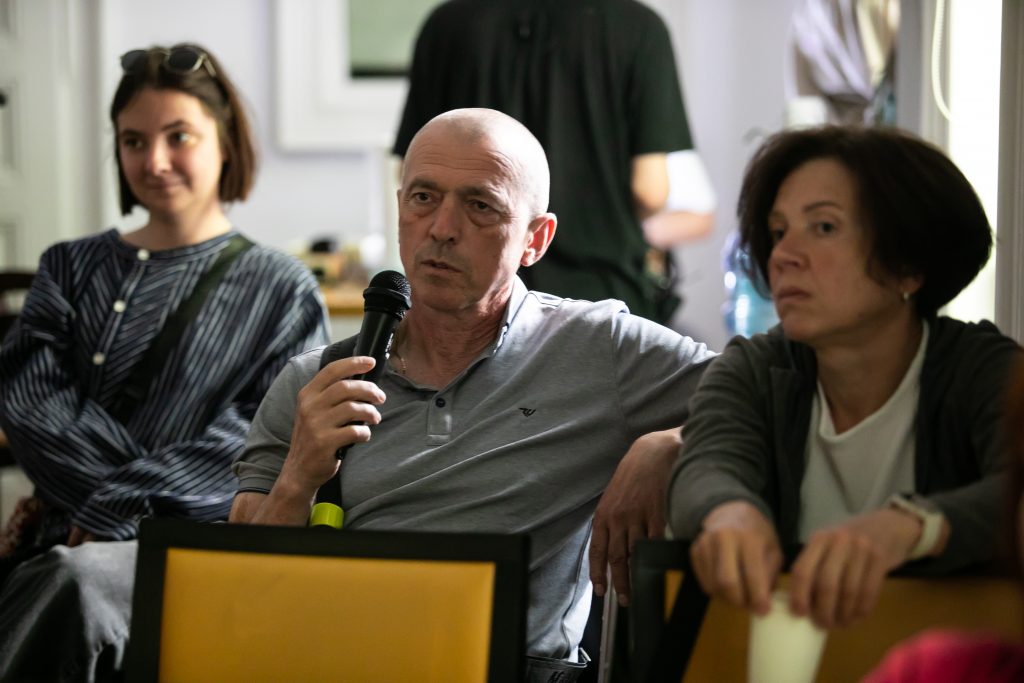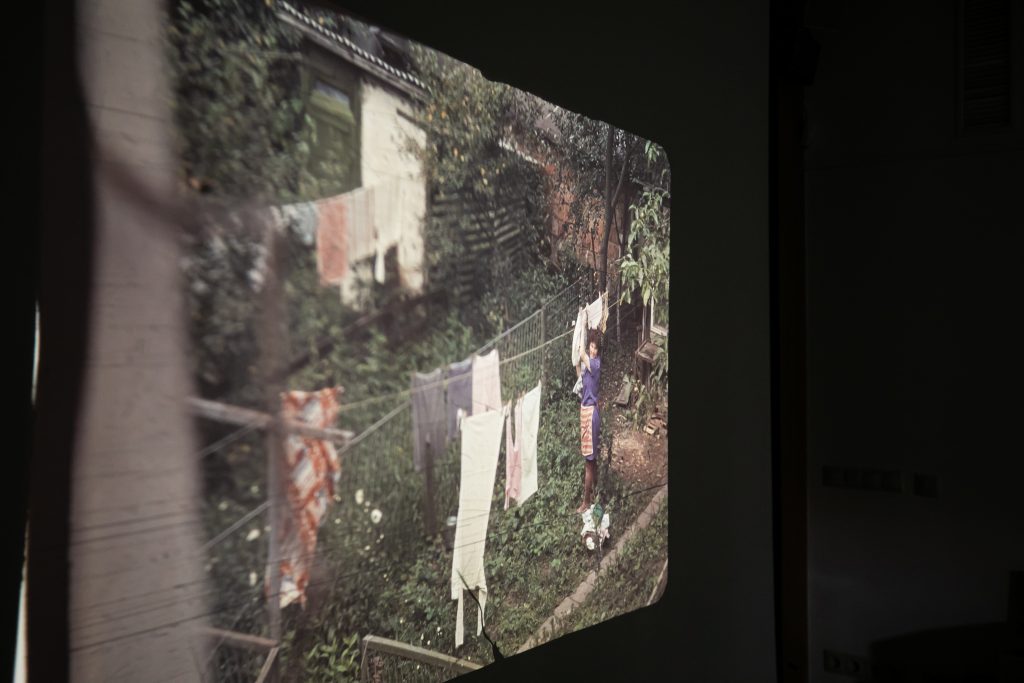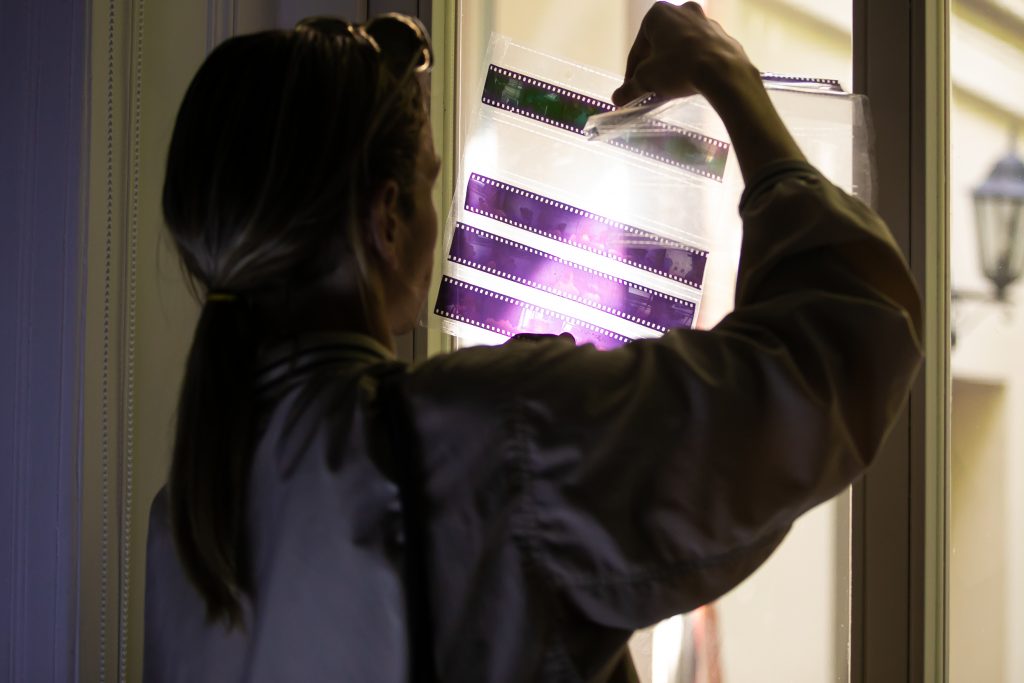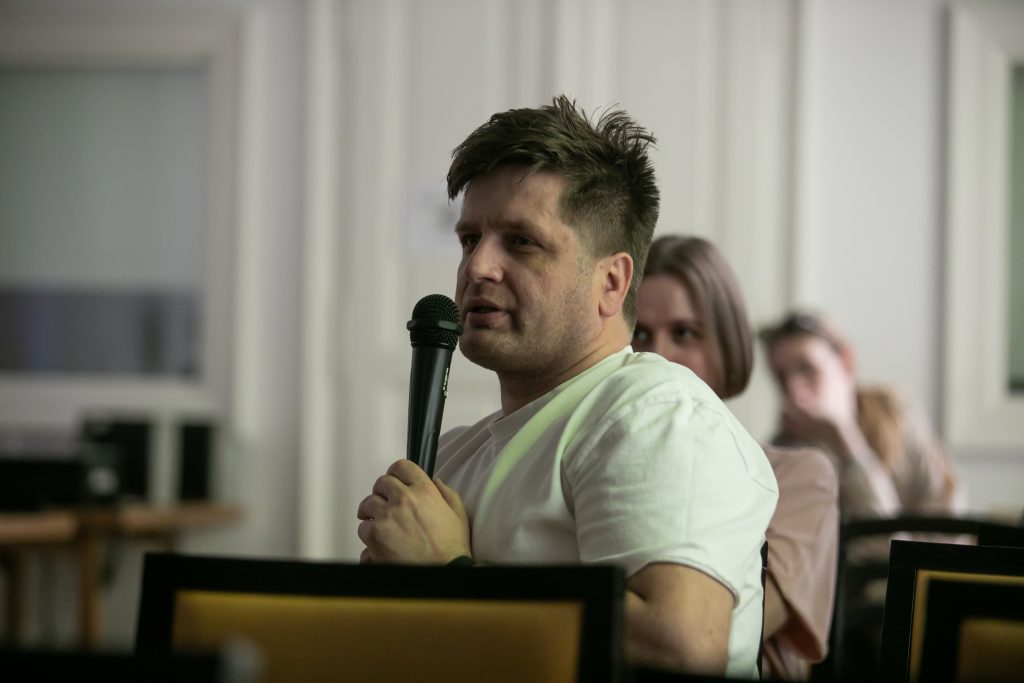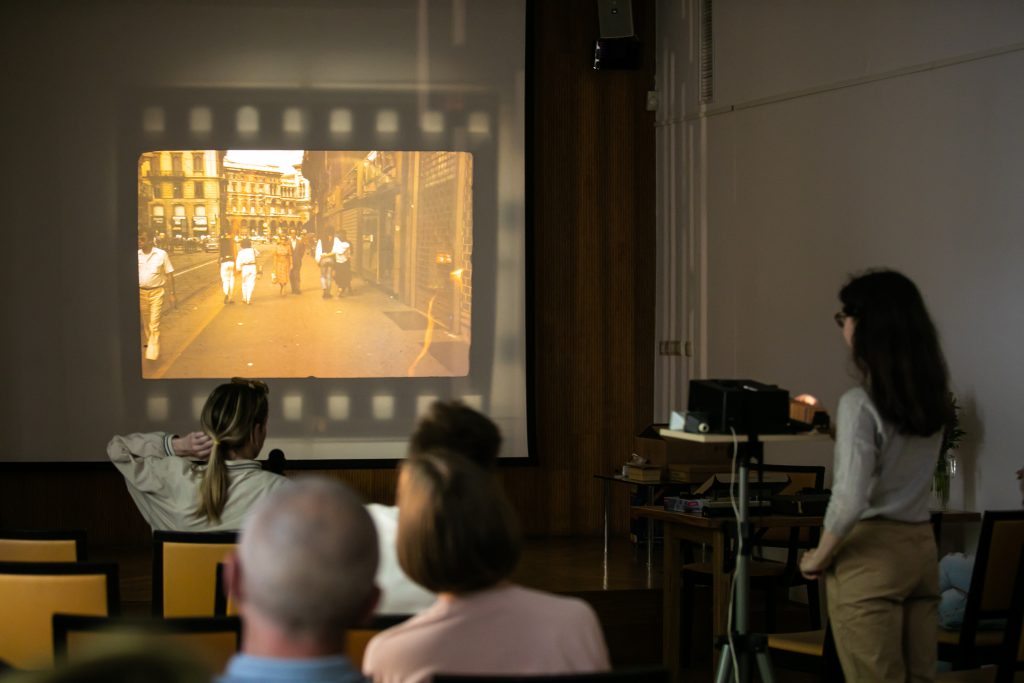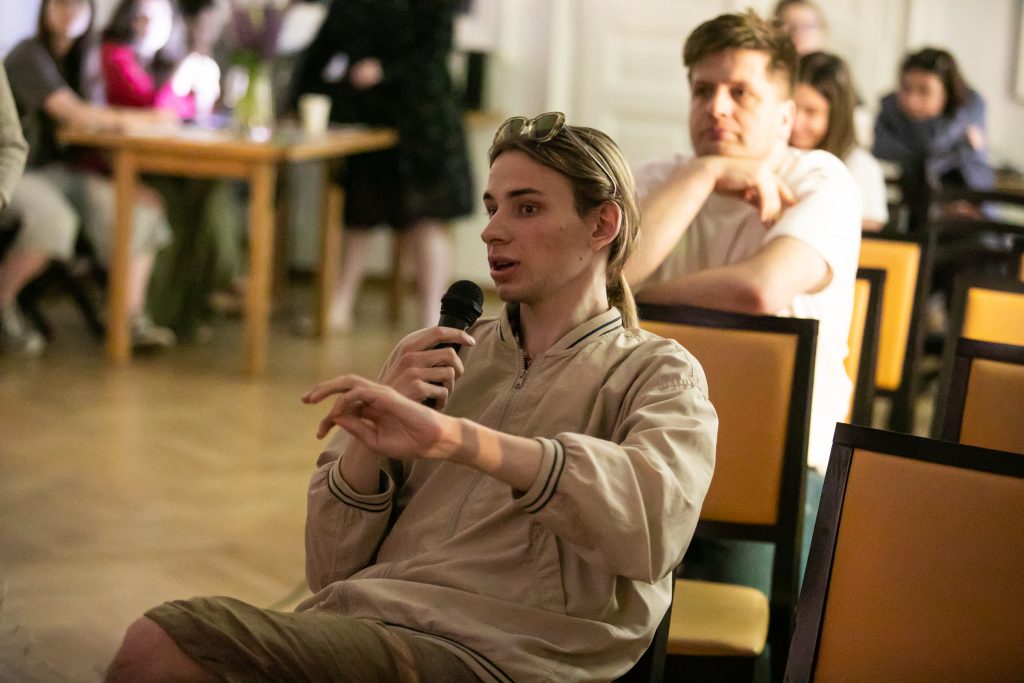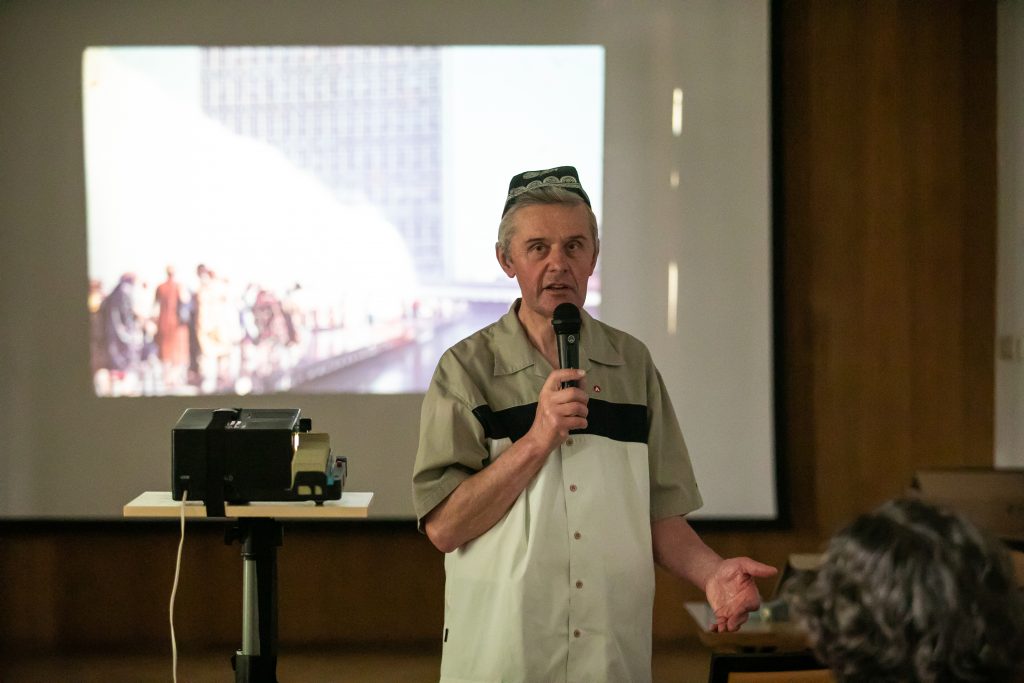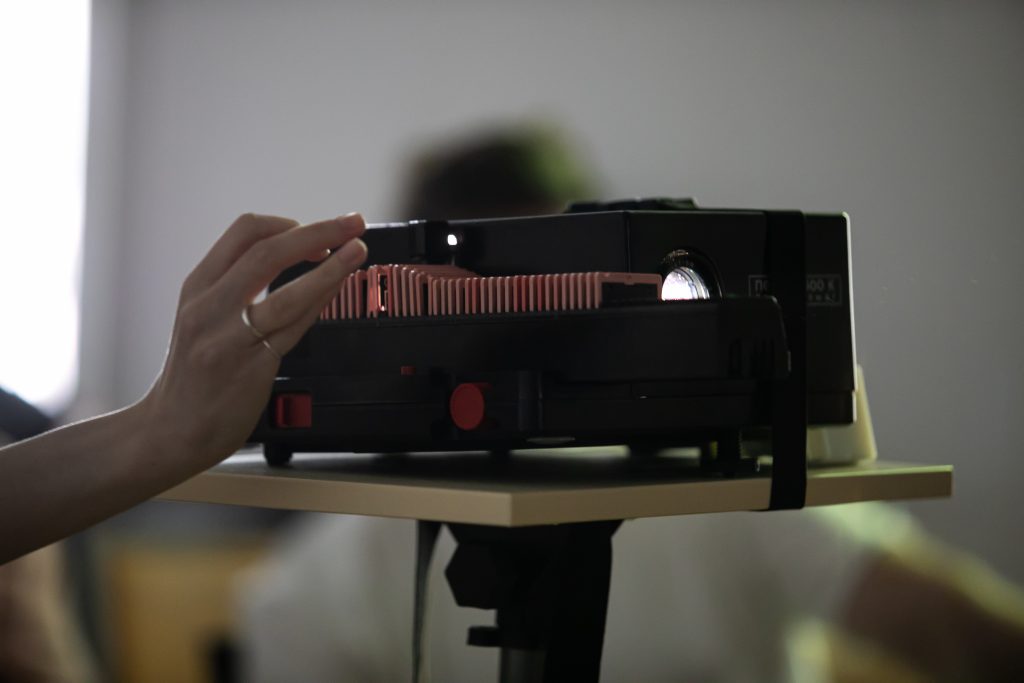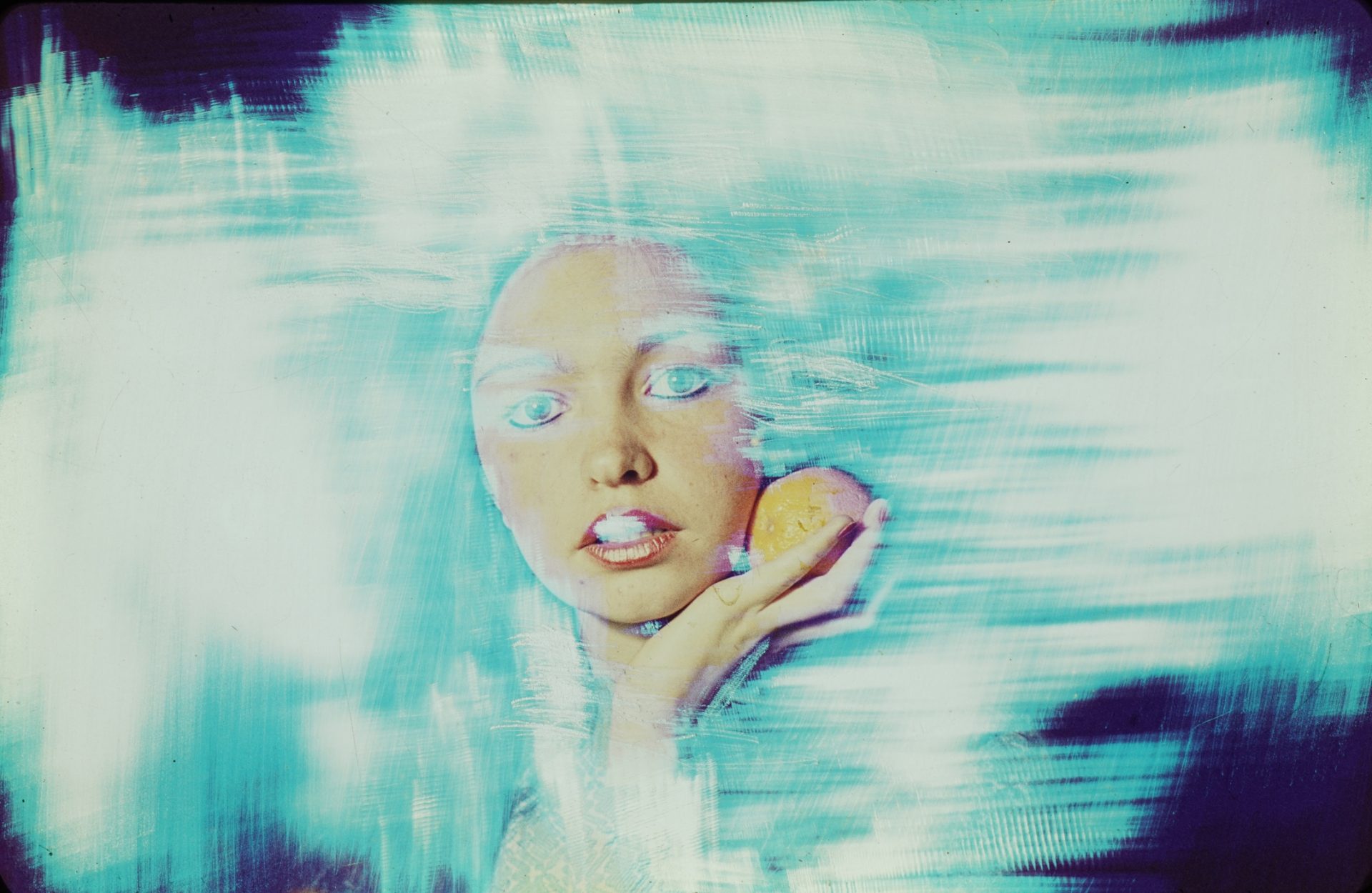SlideDay
25.5.2024, 12:00-16:00
Conference Room of the Center for Urban History
We invite you to an Open House Day to share the stories preserved on slides from private family archives. We invite everyone to bring their slides to the Center for Urban History to view them together, but also to digitize them for free and learn how to take care of them and store them properly.
In between the screenings, we will talk about the invention of image projection technology, look at various devices and the oldest examples of images. The history of slides began long before the twentieth century, but it was in the 1960s and 1990s that slide making became part of photographic practice. Unlike negative film, slides did not require printing, and they could produce color images without the effort required to print from color negatives.
The practices of viewing printed photographs and slides also differed. While viewing photographs did not require any additional devices, slide film was viewed with diascopes or diaprojectors that scaled the image and enhanced the brightness of colors. This technology was also interesting for artists, who experimented with collages and film overlays. In addition to its visual appeal, this viewing technology had another advantage: it enabled a wider audience. Thus, slides were viewed not only in the family circle, but also in classrooms. Nowadays, digital images, liquid crystal screens, and video projectors have replaced the previous technologies, and bright backlit images are not uncommon.
On May 25, we want to jointly explore the phenomenon of slides based on your collections, but also on the Urban Media Archive's collections with different generations. After all, many families still have slides made during tourist trips, vacations, trips to the sea, and visits to relatives in the countryside. We invite you to come with your families and spend time together!
The slide show will take place in the Center's conference room, where experts from the Urban Media Archive will be waiting for you, and several zones will be open:
- a zone for acquaintance and consultations, where your visit will begin;
- a digitization zone, where a specialist will digitize a part of the slides — you will see what equipment can be used, learn how to store digital copies, and then the archivists will help you describe your materials;
- a viewing zone where you, your family, and other visitors can view the original slides on a projector together.
You can share the digital copies with your family and friends, and, if you wish, contribute the digital copies to the collection of the Urban Media Archive at the Center for Urban History.
Along with the slides, please bring a flash drive or hard disk to record digital copies.
On the day of the event, we will be able to digitize up to 50 slides for each participant. For the convenience of organizing the event, we encourage you to pre-register here if you plan to bring slides.
Credits
Cover Image: Ira Sereda
